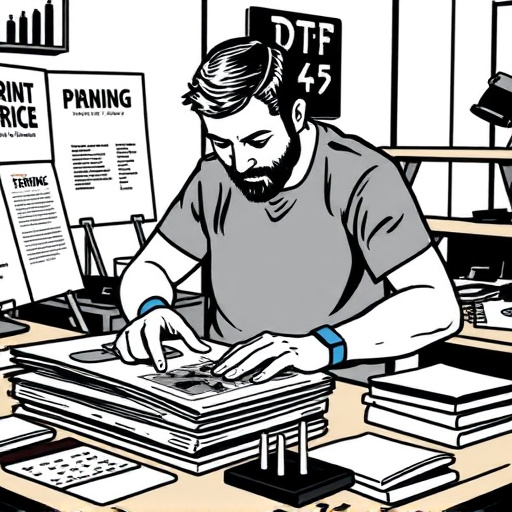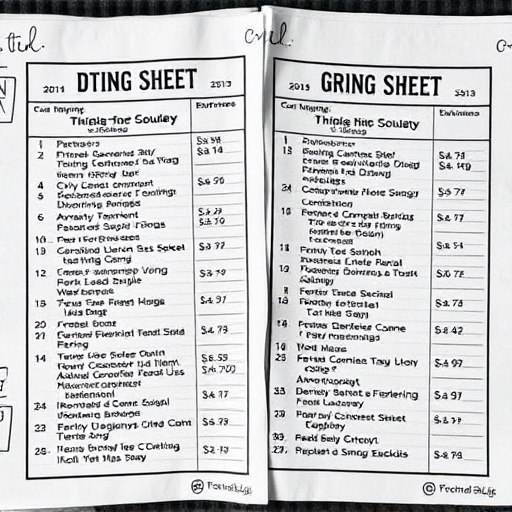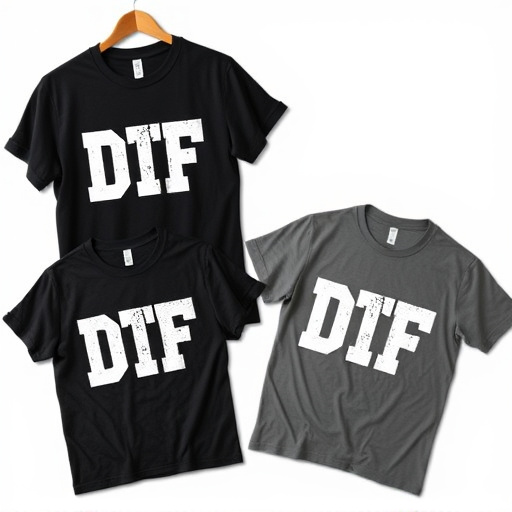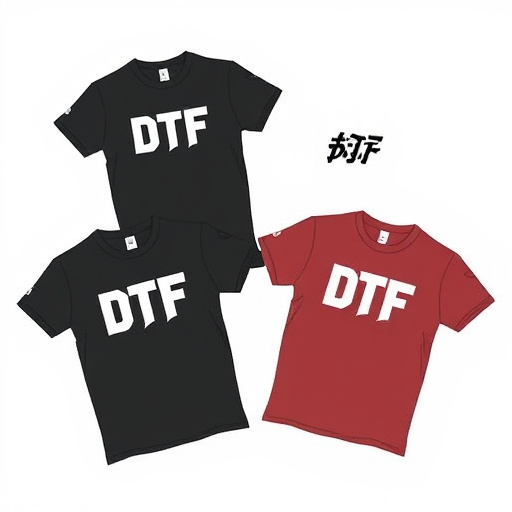The DTF Transfers Printer is a garment printing revolutionizer with high-quality design capabilities and direct to fabric transfer film. Scaling operations requires strategic planning, including adding printers for faster production, efficient inventory management, and using DTF print software. Best practices involve preparing high-resolution designs, maintaining a clean workspace, servicing printers regularly, using quality inks, optimizing ink settings, and exploring automated feeding systems for bulk DTF shirt production.
Discover how a DTF transfers printer can revolutionize your operations. This comprehensive guide explores the capabilities and advantages of Direct-To-Film (DTF) technology, offering a versatile solution for printing on various materials. Learn effective strategies to scale your operations, from optimizing production workflows to ensuring consistent quality. We’ll also share best practices to enhance efficiency and productivity with your DTF printer, making it an indispensable tool in today’s competitive market.
- Understanding DTF Transfers Printer: Capabilities and Advantages
- Strategies for Scaling Operations With Your DTF Printer
- Best Practices to Optimize DTF Transfers Printing Efficiency
Understanding DTF Transfers Printer: Capabilities and Advantages
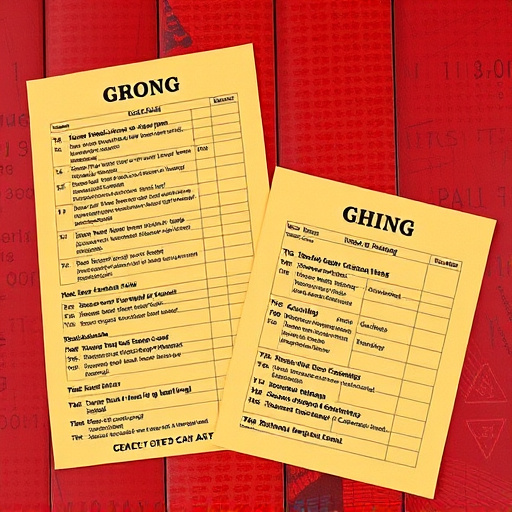
A DTF Transfers Printer is a cutting-edge technology that has revolutionized the way businesses handle garment printing and customization. This innovative machine utilizes direct to fabric (DTF) transfer film, allowing for high-quality printing of intricate designs directly onto various fabrics. One of its key advantages is the ability to produce custom sheets for heat pressing designs, catering to both small-scale and large-volume operations.
With a DTF Transfers Printer, businesses can enjoy several benefits. The cold peel dtf transfers ensure a seamless and efficient process, eliminating the need for lengthy drying times. This not only boosts productivity but also reduces operational costs. Moreover, the printer’s versatility enables the creation of indelible, vibrant designs, making it an attractive option for those seeking to stand out in today’s competitive market.
Strategies for Scaling Operations With Your DTF Printer

Scaling operations with a DTF Transfers Printer involves strategic planning and thoughtful execution. To maximize productivity, consider investing in additional printers to handle increased demand for custom t-shirts and other DTF for apparel products. This not only speeds up production time but also allows you to take on larger orders without compromising quality.
Implementing efficient inventory management practices is another key strategy. Regularly assess your consumables, such as inks and transfer papers, to ensure a steady supply. This prevents delays in the printing process. Additionally, explore DTF prints software that can streamline design work, allowing for faster file preparation and easier order tracking, ultimately enhancing overall efficiency.
Best Practices to Optimize DTF Transfers Printing Efficiency
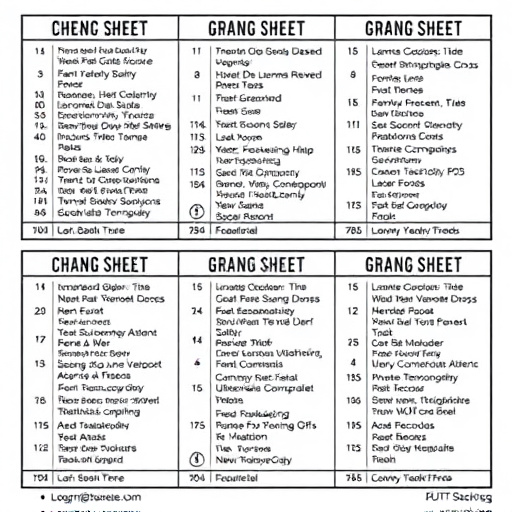
To optimize the efficiency of your DTF (Direct to Fabric) transfers printing process, consider implementing best practices that enhance productivity and minimize waste. Firstly, ensure proper preparation of your design files; use high-resolution images and adhere to the recommended file formats specified by your printer manufacturer. This reduces the risk of pixelation or blurriness during the transfer process.
Additionally, maintain a clean and organized workspace to streamline your operations. Keep your DTF transfers printer well-maintained, regularly cleaning its nozzles and using high-quality inks suitable for various fabric types, including dark fabrics. Optimizing ink usage through precise printing settings and avoiding excessive application can significantly reduce wastage. For bulk dtf shirt production, consider automated feeding systems to expedite the printing process while maintaining accuracy.
A DTF Transfers Printer offers a game-changing solution for businesses aiming to scale their operations efficiently. By understanding its capabilities and implementing strategic practices, you can optimize printing workflows and meet growing demands. From enhancing production speed to ensuring consistent quality, this technology revolutionizes custom printing. Embrace these strategies to maximize the potential of your DTF printer and stay ahead in today’s competitive market.



